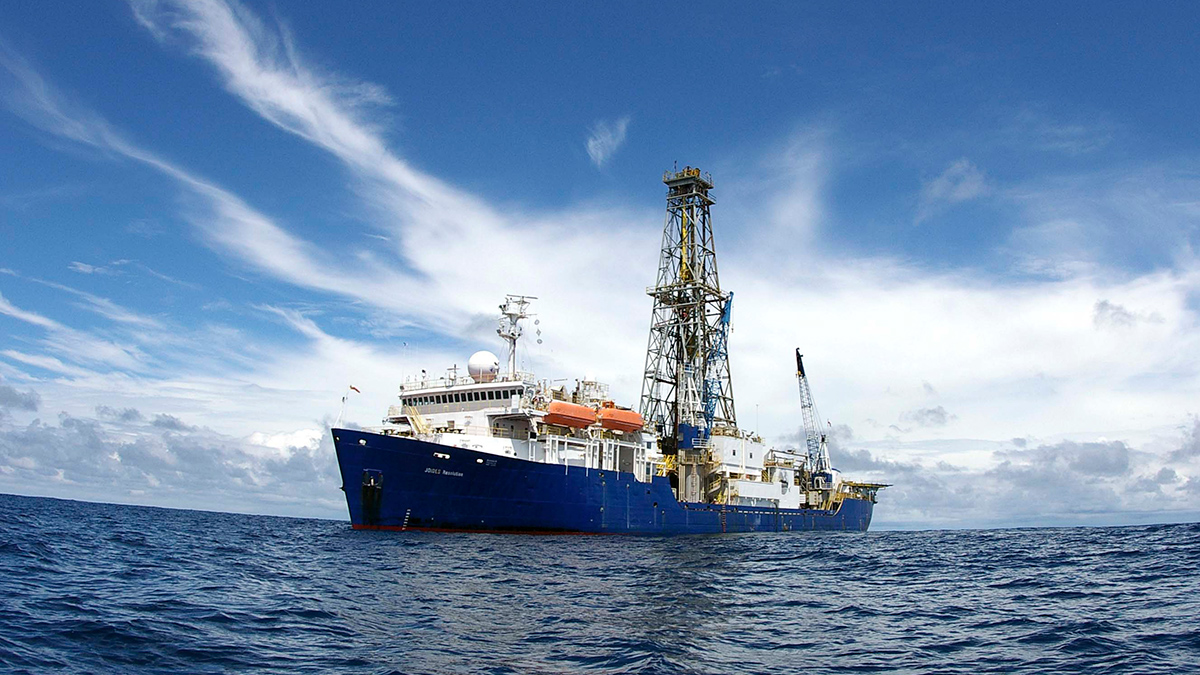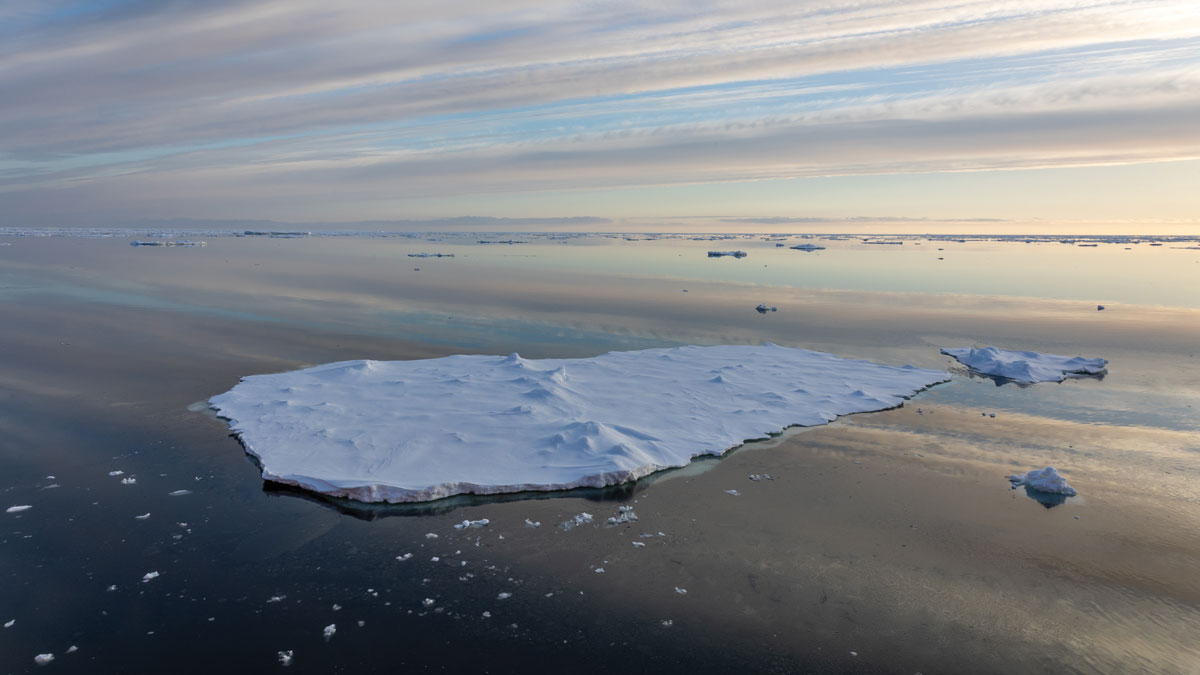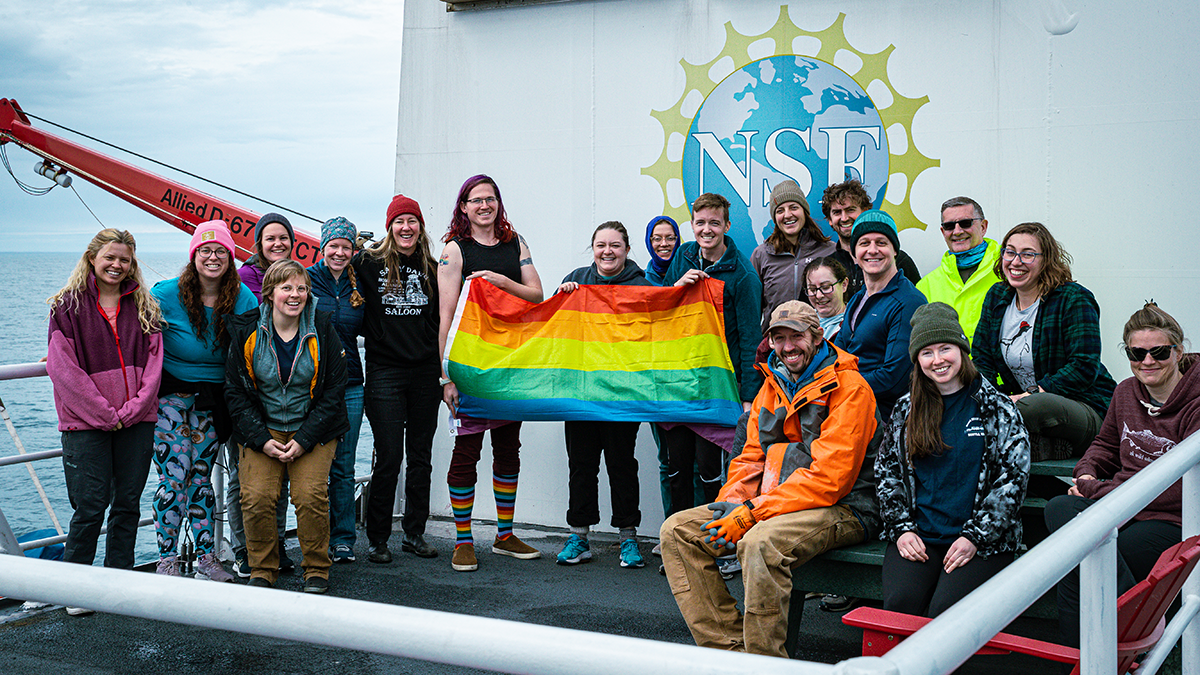On the ship’s last cruise, scientists will collect data to help predict future effects of climate change.
research at sea
The Moana Project Braids Tradition and Science for a More Sustainable Ocean
Scientists and Māori communities in Aotearoa New Zealand are gathering knowledge on marine conditions and ecosystems to protect livelihoods and help ensure a sustainable future for the blue economy.
Confined at Sea at the End of the World
Embedded on a research cruise in the Antarctic, a journalist joins a scientists’ “summer camp.”
A Long-Lost Tropical Island Lies Off Brazil’s Coast
An undersea volcanic plateau in the southwestern Atlantic was a tropical island 45 million years ago.
The Open Ocean, Aerosols, and Every Other Breath You Take
Phytoplankton and other marine plants produce half of Earth’s atmospheric oxygen and have big effects on food webs and climate. To do so, they rely on nutrients from the sky that are hard to quantify.
The Importance of Archiving the Seafloor
Marine geological sample repositories are vital for ocean science, climate change studies, and more. The value of their collections is growing amid efforts to meet rising demand for their services.
Oceanic Cacophony
The ocean is a pretty loud place, and anthropogenic noise is adding another layer to the soundscape.
There is No JOIDES in Mudville
After almost 4 decades of research, the JOIDES Resolution will retire in 2024, leaving the ocean floor in peace (for now).
Ледники Арктики, вулкан в Перу и русский голод
Группа, изучающая российские ледники, нашла подтверждение тому, что извержение вулкана в южном Перу изменило климат планеты в начале 17го века.
Fair Seas for All
Work at sea is key to our science, but, too often, transgender and gender-diverse scientists face obstacles and harassment that make field research a trial. A few simple steps can make things more inclusive.










